According to incomplete statistics, there are thousands of Chinese tea products, each with its own unique name, appearance, and flavor. Therefore, to acquire a more comprehensive understanding of tea knowledge, it is essential to first familiarize oneself with the classification of tea.
Based on the national tea classification standards, pure tea refers to tea made from unadulterated tea leaves, with no additives added during the production process. These teas are classified into six main categories based on the degree of tea polyphenol oxidation in the manufacturing process: green tea, yellow tea, white tea, oolong tea (also known as green tea), black tea, and dark tea.

Green Tea

The history of Chinese green tea can be traced back to the Tang Dynasty and even earlier. In Lu Yu's "The Classic of Tea," the term "compressed tea" actually refers to ancient green tea. The processing techniques for green tea have evolved over a long period, from sun-drying to steaming, pan-firing, and oven-drying. These methods have led to the creation of various high-quality teas in different shapes such as slices, needles, eyebrows, spirals, and pearls.
The distinctive quality of green tea is characterized by "green leaves and green infusion." Among the teas produced in China, green tea encompasses the most diverse range of varieties.
Based on different methods of fixing, green tea is categorized into pan-fired and steamed types.
Depending on the drying methods, green tea is mainly divided into pan-fired, oven-dried, and sun-dried categories.
At present, there are numerous types of green tea produced, with thousands of renowned and premium varieties.
Black Tea

The processing techniques for black tea in China have a history of over four hundred years. According to existing literature, the term " black tea" first appeared in the Ming Dynasty (15th-16th century) in Liu Ji's book, "Miscellaneous Affairs." The first black tea, Lapsang Souchong, originated in Tongmuguan, Chong'an County (now Wuyishan City) in Fujian Province. As the earliest black tea in history, Chong'an County is regarded as the birthplace of black tea. In 1610, Lapsang Souchong from Wuyishan, Fujian, was first shipped by sea to the Netherlands, and subsequently to England, France, and Germany.
Black tea is a fully fermented tea, characterized by "red infusion and red leaves." The dry tea leaves are black and glossy, the infusion is bright red, and the infused leaves are bright red as well.
A notable feature of black tea is the phenomenon called "cold after turbidity," where the tea infusion becomes cloudy after cooling. This turbidity is primarily caused by the complexation of caffeine, theaflavins, and thearubigins. The presence of "cold after turbidity" is an indicator of high-quality black tea.
Chinese black tea is categorized into three main types: Gongfu black tea, Lapsang Souchong, and broken black tea.
Oolong tea

Oolong tea, also known as Qing tea, was created around 1725 during the reign of Emperor Yongzheng in the Qing Dynasty. According to the "Anxi County Chronicle," "The people of Anxi first invented the method for making Oolong tea in the third year of Yongzheng, after which it spread to northern Fujian and Taiwan." Historical records also confirm that by 1862, there were tea houses specializing in Oolong tea, and by 1866, Taiwanese Oolong tea began to be exported.
The common quality characteristics of traditional Oolong tea include a sandy green and glossy appearance, a high and distinctive natural floral fragrance, a golden yellow infusion, and a pure, mellow taste. The infused leaves display red edges and green centers, commonly referred to as "green leaves with red borders" or "red-bordered green jade." This unique feature results from the "bruising" process during Oolong tea production, where the edges of the leaves are bruised and oxidized, creating the red coloration.
Oolong tea is primarily produced in the provinces of Fujian, Taiwan, and Guangdong, and is categorized into Northern Fujian Oolong, Southern Fujian Oolong, and Guangdong Oolong based on its region of origin, with each type exhibiting distinct qualities.
Yellow Tea

The origins of yellow tea can be traced back to the 7th century, according to historical records. However, the yellow tea of that time differed from what we refer to as yellow tea today. It was made from the naturally yellowing buds and leaves of a specific yellow bud tea tree variety.
In the Tang Dynasty, Anhui's Shouzhou yellow tea and Sichuan's Mengding yellow buds, which were imperial tribute teas, were renowned for their naturally yellowing buds and leaves.
Today's yellow tea is produced using an improved process that incorporates a unique "sealed yellowing" technique within the green tea production process. During the practice of making pan-fired green tea, if fresh leaves are not promptly rolled after fixing, or if they are not dried or roasted immediately after rolling, they will turn yellow due to prolonged stacking. Additionally, low fixing temperatures or extended steaming times can also cause the leaves to yellow.
Yellow tea is a partially fermented tea, further classified into yellow bud tea, yellow small-leaf tea, and yellow large-leaf tea based on the tenderness of the plucked leaves.
The production process of yellow tea is similar to that of green tea, with the key difference being the sealed yellowing stage, where the tea leaves undergo moist heat treatment after fixing. The resulting yellow tea is characterized by "yellow infusion and yellow leaves," offering a pure and mellow aroma with a rich and robust flavor.
White Tea

Ancient Chinese texts contain numerous references to white tea. For instance, Song Dynasty scholar Song Zian’s "Dongxi Tea Records" mentions: "White leaf tea... the leaves are as thin as paper, and the people consider it an auspicious tea, choosing the best for tea competitions." However, this distinction was based on tea tree varieties rather than processing methods.
Later, what we now call white tea emerged as a combination of specific tea varieties and processing techniques. In 1795, farmers in Fuding, Fujian, began processing the buds of the Fuding Dabaihao tea variety into Silver Needle tea. By 1875, tea tree varieties with exceptionally hairy leaves, such as Fuding Dabai and Zhenghe Dabai, were discovered. Starting in 1885, the young buds of Dabai tea were processed into "Baihao Yinzhen" (Silver Needle). From 1922 onwards, young shoots with one bud and two leaves were processed into "Bai Mudan" (White Peony).
White tea is a minimally fermented tea, produced using traditional methods (fresh leaves—wilting—drying). Based on the tenderness and variety of the leaves, white tea is categorized into Baihao Yinzhen (Silver Needle), Bai Mudan (White Peony), Gongmei, and Shoumei.
Due to its unique production process, which involves neither pan-firing nor rolling, white tea is known for its clear, pale yellow-green infusion, and its fresh, mellow, and sweet aftertaste.
Dark Tea

The term "hei cha" (dark tea) first appeared in the third year of Emperor Jiajing's reign in the Ming Dynasty (1524) in the "Ming History · Treatise on Food and Goods": "Due to the inferior quality of commercial tea, everyone competes for dark tea. With limited local production, tea is classified into top and middle grades, stamped with names of merchants for verification. Every ten pounds are steamed, dried, and wrapped in bamboo, then sent to the tea bureau. Officials and merchants split the tea; official tea is traded for horses, and merchant tea is sold." During this time, Anhua dark tea became famous nationwide, evolving from "private tea" to "official tea" used for bartering with horses.
Dark tea is typically made from older tea leaves, and during its production, the leaves undergo prolonged pile fermentation, resulting in their dark, oily, or dark brown color, hence the name "dark tea."
The unique "pile fermentation" process is critical to the initial production of dark tea, and it is essential for developing the tea's distinctive color, aroma, and flavor.

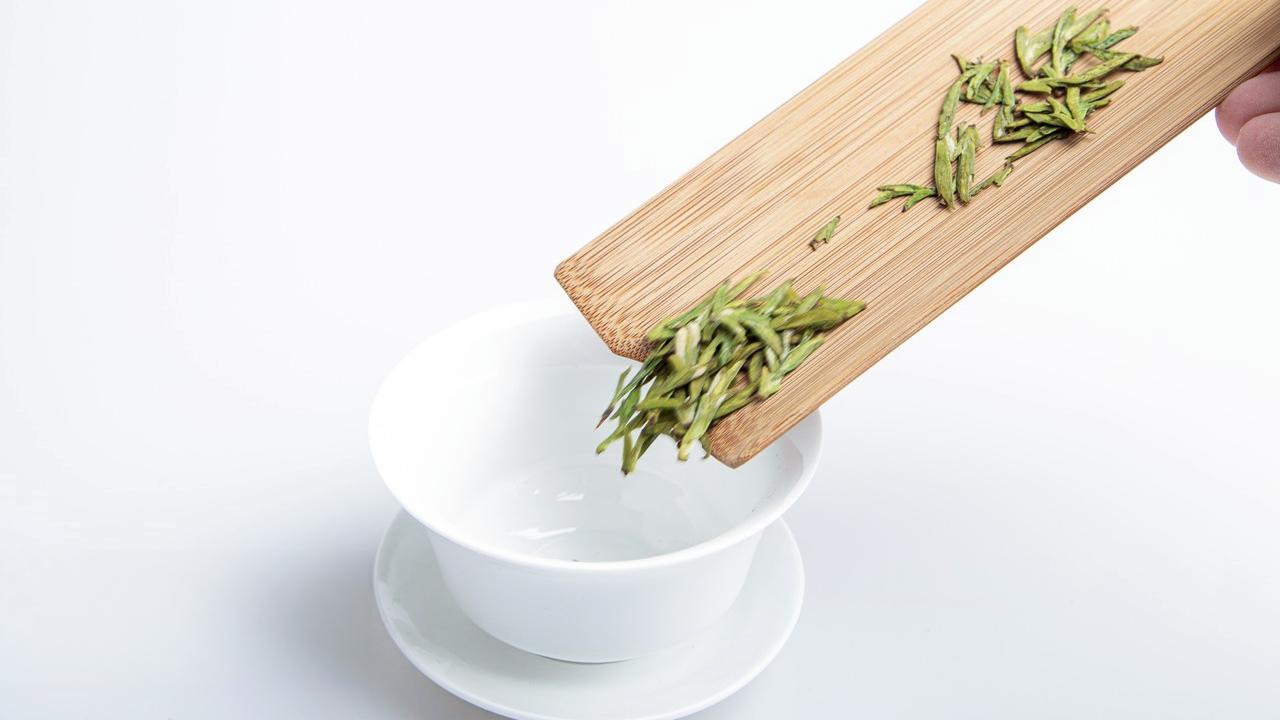
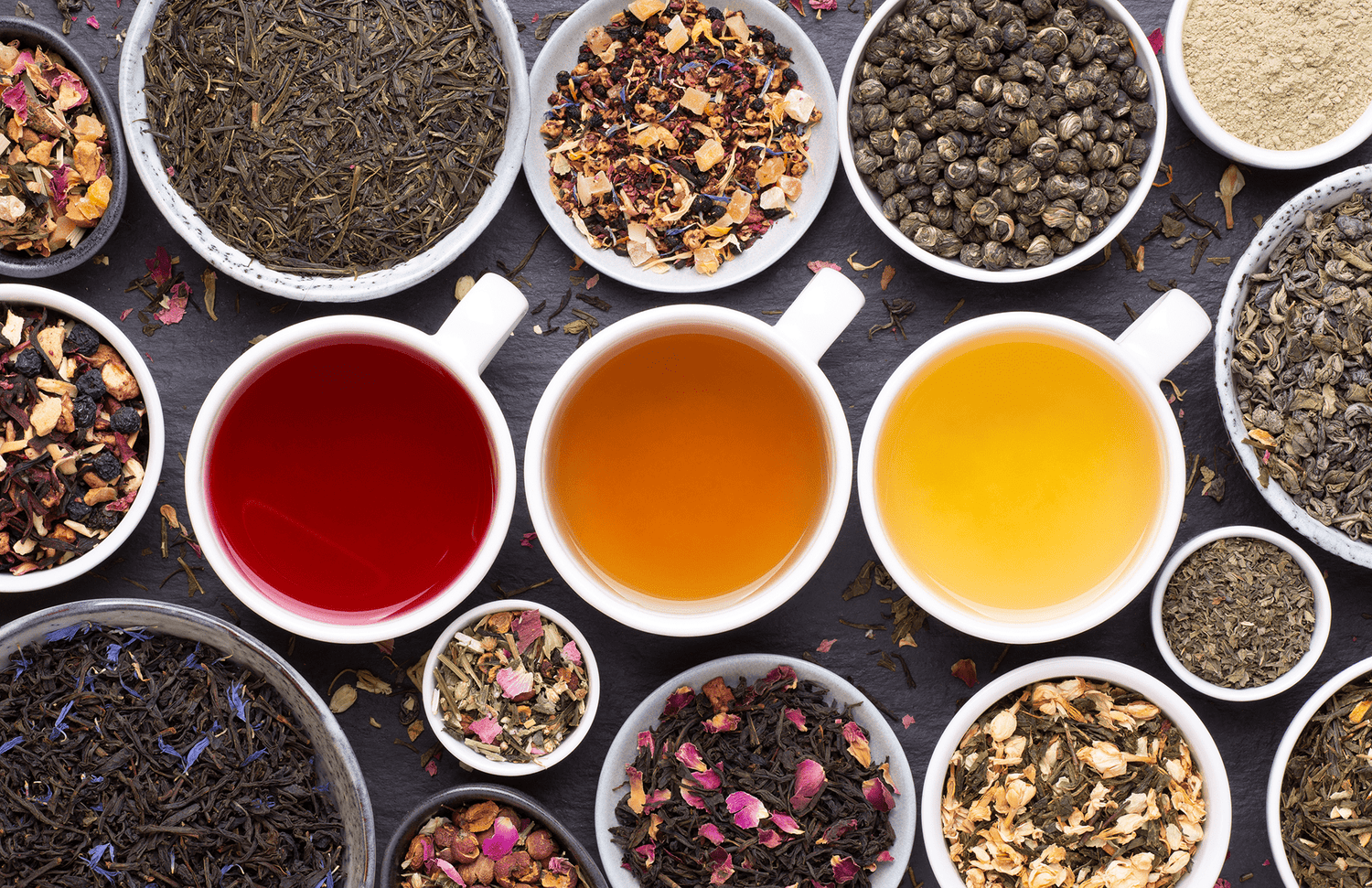
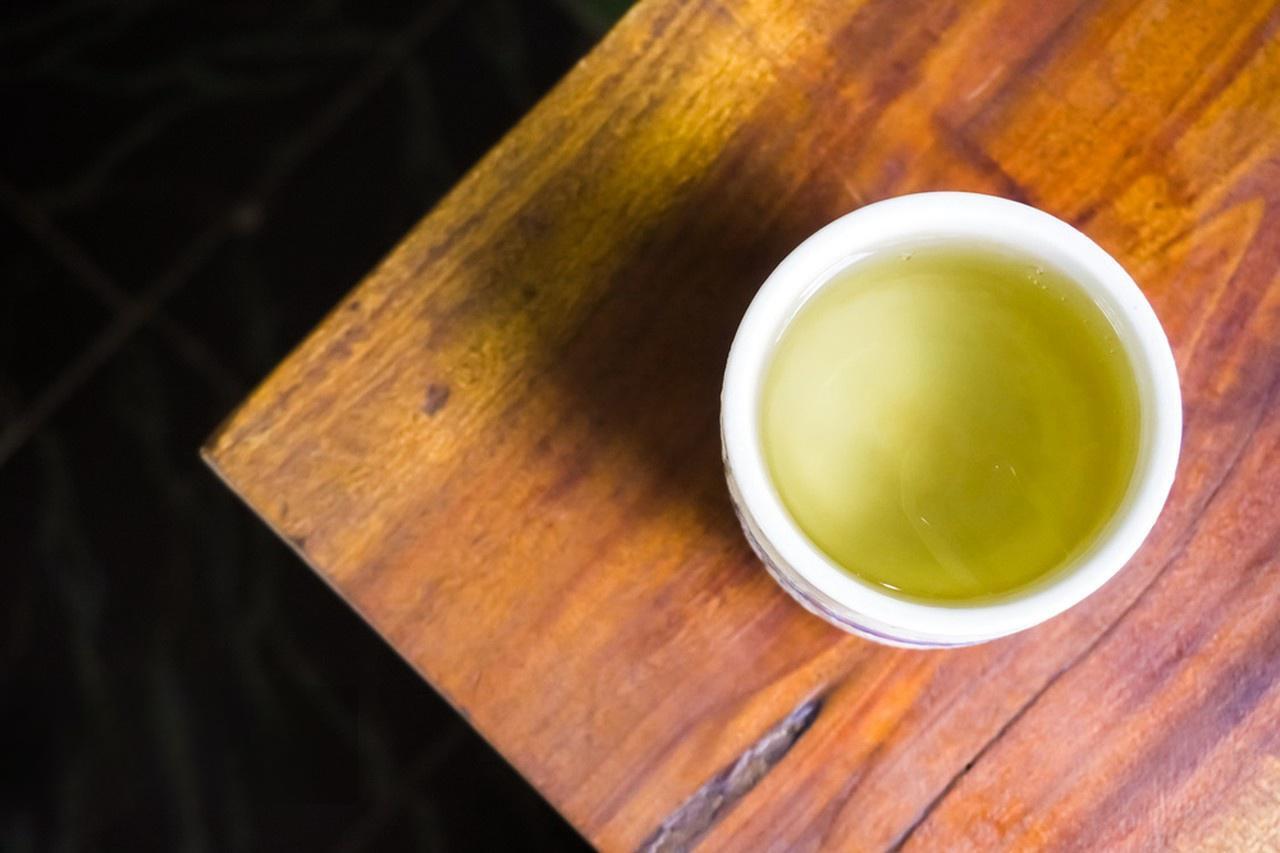
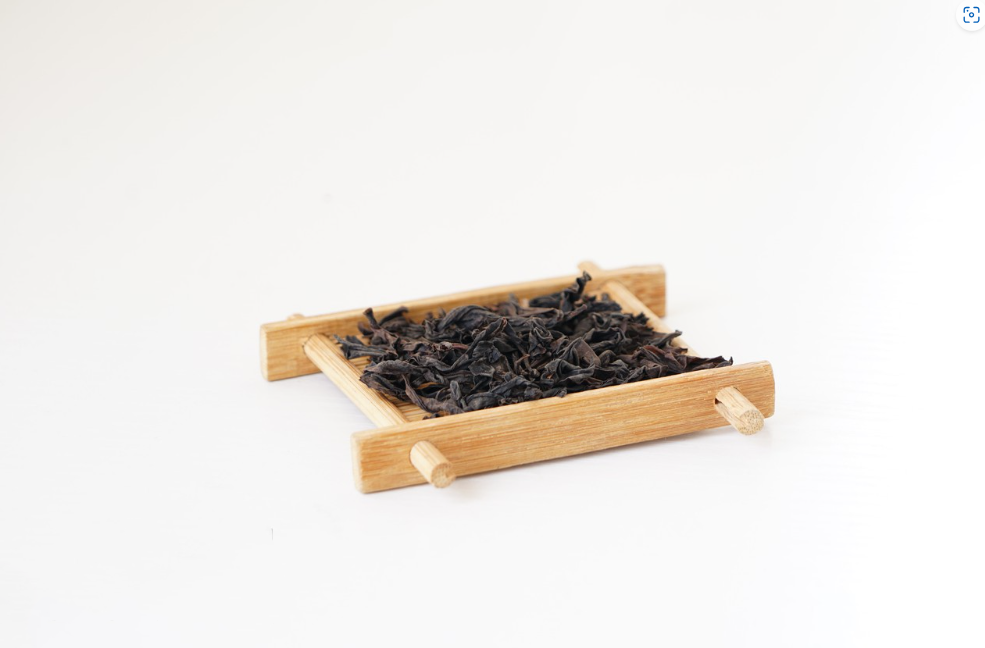
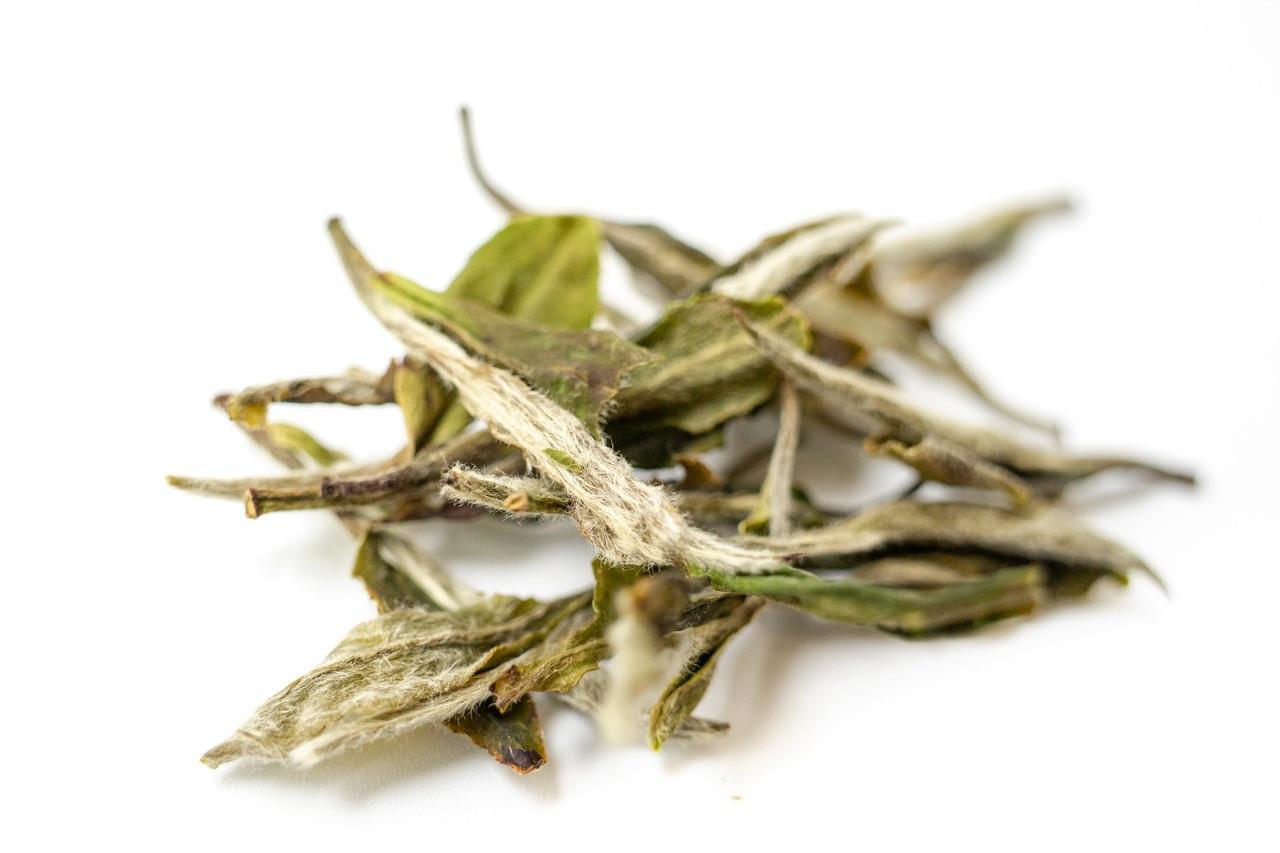
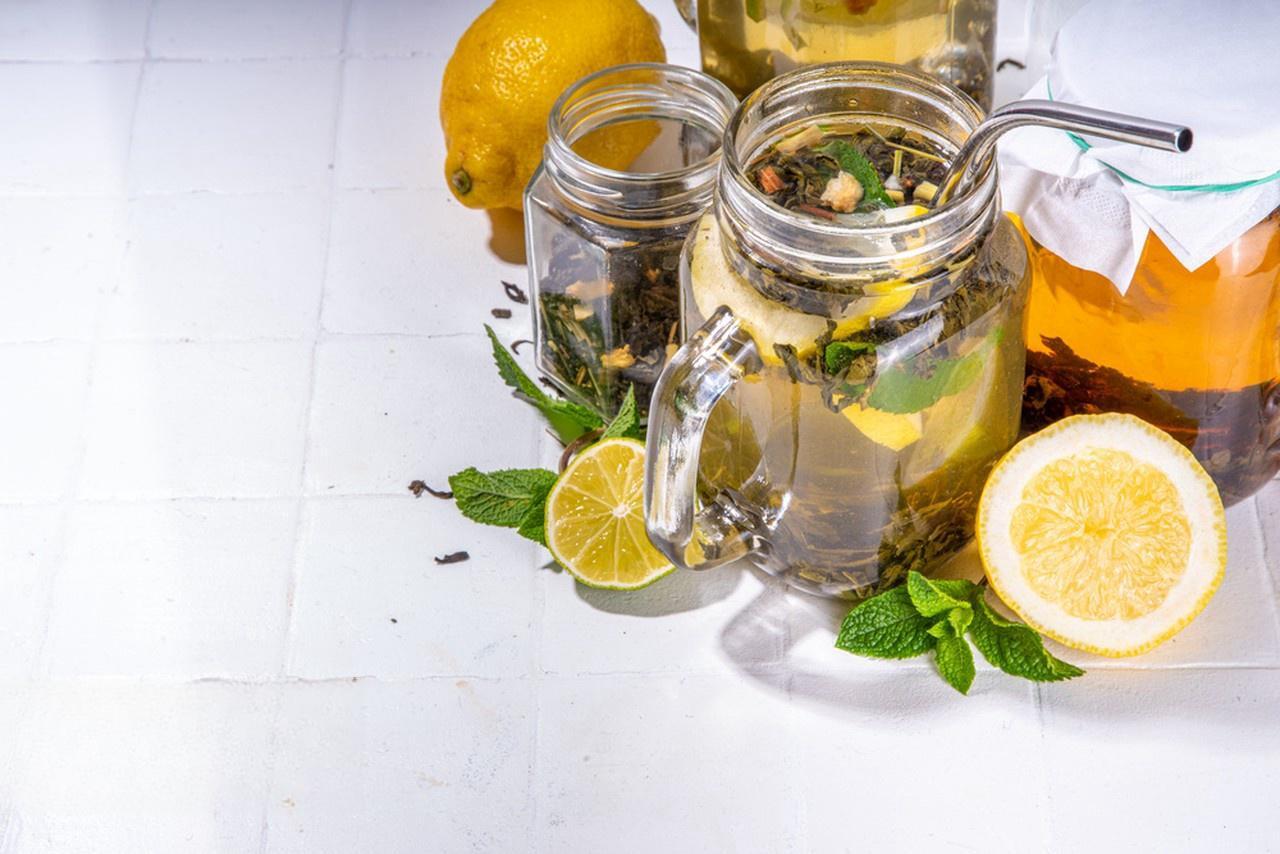
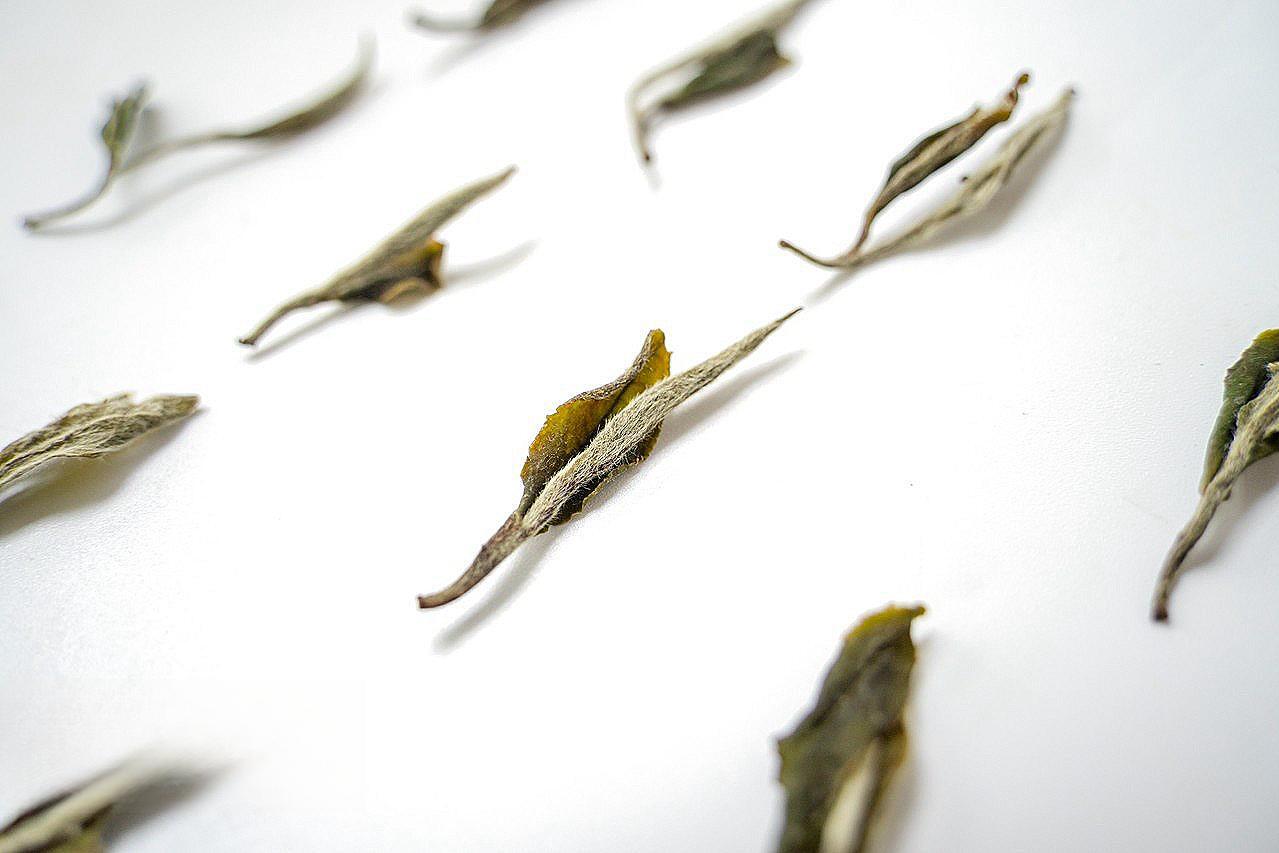
Leave a comment
All comments are moderated before being published.
This site is protected by hCaptcha and the hCaptcha Privacy Policy and Terms of Service apply.